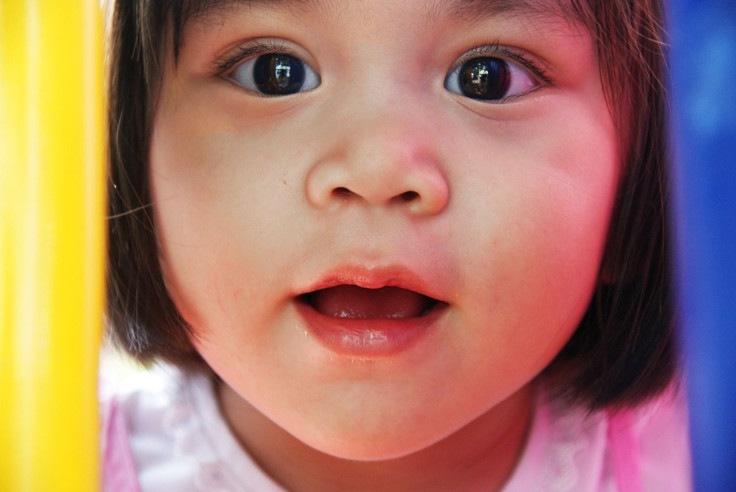ADHD Overdiagnosis Could Be Caused By Children Prematurely Entering The School System

Attention deficit hyperactivity disorder (ADHD) is typically diagnosed during childhood, but an increasing number of children have recently been diagnosed with the disorder at an alarmingly early age. Currently, one third of all ADHD diagnoses are made before the age of 6. Though the causes of ADHD are still unknown, children with ADHD are usually unable to hold their attention, or control activity levels and impulses. But in very young children, who are often more playful and uninhibited than their older peers, are these merely symptoms of immaturity?
Researchers from Taiwan sought to determine this by studying ADHD diagnosis rates in the education system. In a study using 15 years’ worth of electronic records regarding 378,881 children aged 4 to 17, the researchers were able to evaluate the prevalence of ADHD diagnoses in students who were born either before or after the annual cut-off birthdate for school enrollment.
In Taiwan, the annual cut-off birthdate to enroll in the education system is Aug. 31, meaning if a student is born after that date, they must wait an additional year to begin schooling. Though this date varies in the United States, it usually falls close to the beginning of September.
Compared to students who were born before Aug. 31, children who waited an additional year to begin schooling were much less likely to be diagnosed with ADHD. Additionally, the researchers’ analyses showed that only preschool or elementary school-aged children who were born before Aug. 31, and not the older children, had an increased risk of ADHD diagnosis. "Our findings emphasize the importance of considering the age of a child within a grade when diagnosing ADHD and prescribing medication to treat ADHD,” said study author Dr. Mu-Hong Chen.
The number of children and teens that have been diagnosed with ADHD has significantly increased worldwide, the researchers said. In the United States alone, ADHD diagnoses have increased by 43 percent since 2003. And today, there are approximately 5.8 million children in the United States who have the disorder.
“The hard part is that ADHD is just like depression, just like autism, just like schizophrenia in that it's a symptom-based mental disorder,” Stephen Hinshaw, a psychologist at the University of California, Berkeley, told the American Psychological Association. “We don't have a blood test or a brain scan yet that's definitive. I believe that ADHD is a real condition, but it's on a spectrum, just the way that high blood pressure and autism are. It's always a bit arbitrary as to who is actually above the cut and who is below because we don't know exactly where the cut is.”
Despite popular misconceptions, ADHD is indeed a real disorder. However, that doesn’t mean children are not being overdiagnosed. Considering the new research, it’s highly plausible that children who prematurely enter the school system are receiving the brunt of these misdiagnoses.
Source: Mu-Hong Chen et al. Influence of Relative Age on Diagnosis and Treatment of Attention-Deficit Hyperactivity Disorder in Taiwanese Children. The Journal of Pediatrics. 2016.



























